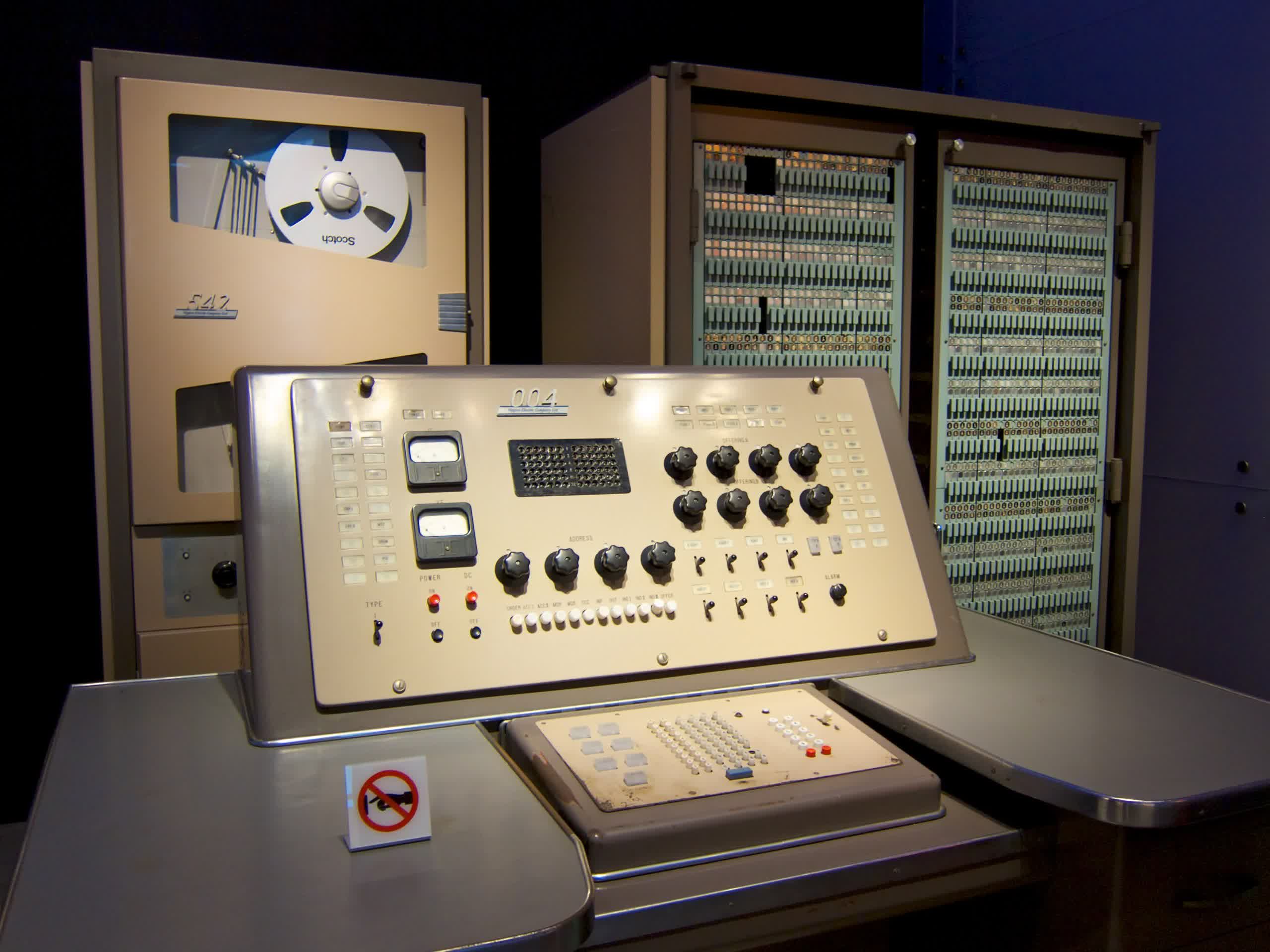The bleeding edge? The industrial-strength mainframe computer, developed decades ago for heavy-duty data processing, continues proving its staying power even as next-generation artificial intelligence takes center stage. Mainframes and AI are increasingly interconnected, with many industries leveraging the robust capabilities of mainframes to enhance their AI applications.
According to a report by the Wall Street Journal, banks, insurance providers, and airlines are among the industries that still rely heavily on mainframes for high-speed data processing. These sectors are now exploring new ways to apply AI directly to their transaction data at the hardware source rather than relying solely on cloud-based solutions.
For example, banks must detect fraudulent transactions in milliseconds to prevent them from posting. Steven Dickens, vice president at Futurum Group, a research and advisory firm, emphasized the importance of speed when performing queries and analyses in real-time on a mainframe.
“You can’t go off to the cloud, go do a search, go do a generative AI query, because it will just time out,” Dickens told WSJ.
Likewise, IBM Mainframe Systems Manager Ross Mauri highlighted the industry’s shift in approach.
“Everyone’s kind of realizing that it’s better to bring your AI to where the data is, than the data to the AI,” Mauri said.
Large enterprises prize mainframes for their ability to support vast numbers of transactions at incredible speeds – up to 30,000 per second. The latest version of IBM’s zSystem mainframe has a 40-terabyte capacity, weighs nearly 1,800 pounds, and costs up to $1 million. The company dominates the mainframe sector with over 96 percent market share, followed by NEC, Fujitsu, and Hitachi. Despite new mainframe sales projected to decline through 2028, a 2023 Forrester survey found that 54 percent of enterprise leaders plan to increase their mainframe usage over the next two years. Reflecting this trend, IBM reported six percent growth in its mainframe business for the quarter ending June 30.
However, mainframes do have limitations, including constraints on computing power compared to the scalable nature of cloud solutions. They also often consist of years of old code and can be challenging to integrate with newer applications, making them costly to manage. Despite these challenges, IBM’s latest mainframe innovations incorporate AI capabilities directly on the system, enabling instant AI model results and enhancing predictive analytics for industries like insurance.
Reliability and robust cybersecurity features further bolster mainframes’ appeal. Even if part of a mainframe fails, it remains operational by switching to other components. The latest mainframe models from IBM are also resistant to quantum computer attacks due to advanced encryption technologies. However, the question of whether mainframes can facilitate AI endeavors well into the future remains shaky at best.
While some businesses, such as New York-based Ponce Bank and telecom giant Verizon Communications, continue to rely on a mix of mainframes and cloud-based solutions, efforts to transition entirely away from mainframes are ongoing. The dwindling number of developers skilled in Cobol, a primary programming language for mainframes, adds urgency to this shift. Nevertheless, the aging technology remains a critical component in the evolving landscape of AI and data processing, underscoring their enduring relevance in the modern enterprise IT landscape.
Image credit: Don DeBold


